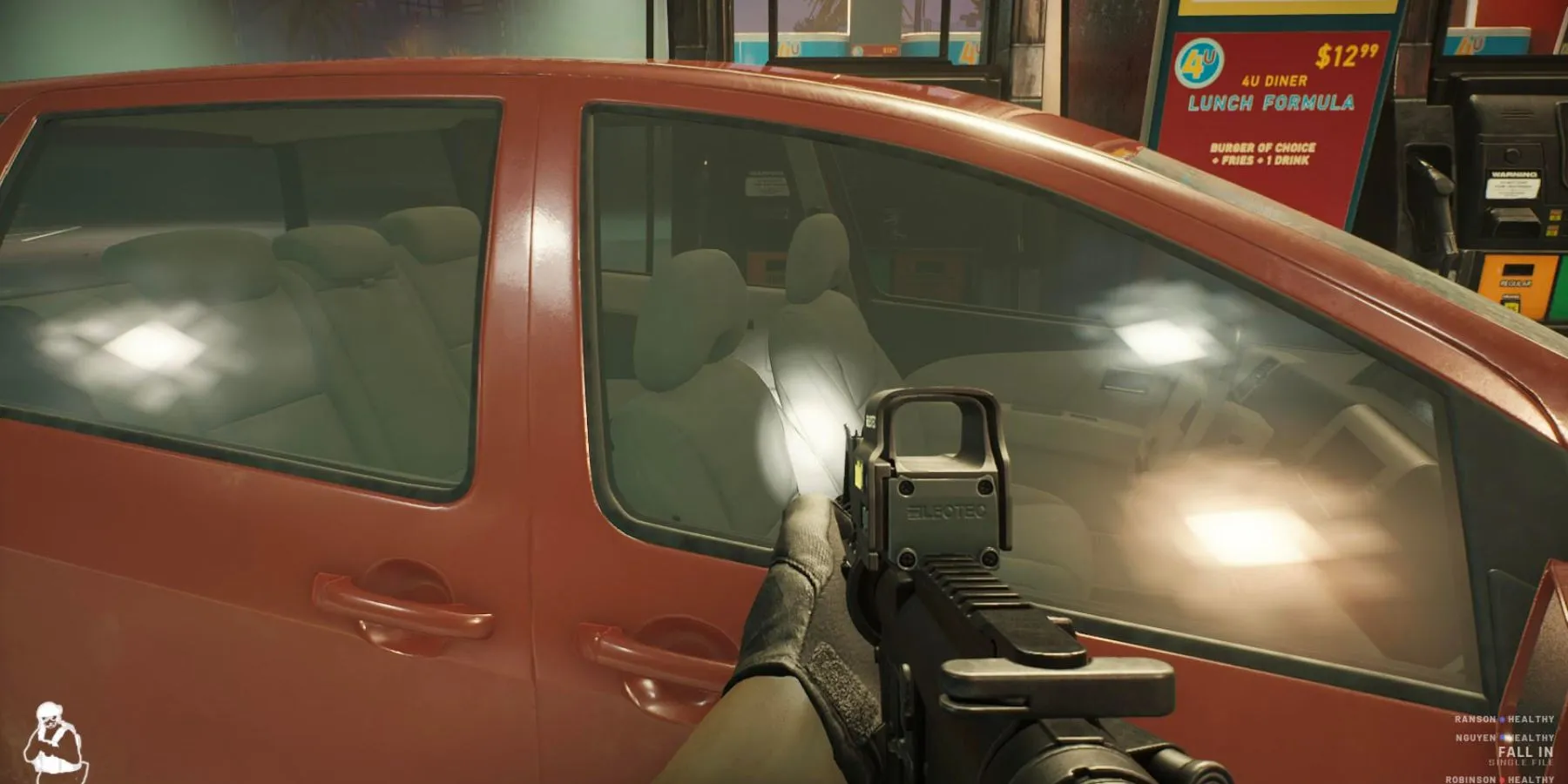Tools Required to Build a Gaming PC
Constructing a gaming PC for the first time may seem daunting, but being equipped with the right tools can greatly simplify the process.
PC Building Tools for Your Gaming PC A Beginner’s Guide
Building your first gaming PC can be an exciting learning experience. You get to customize your PC to suit your personal preferences, but there’s always that nagging voice in the back of your mind, worrying that something might go wrong. Don’t fret! Before you start assembling your PC, make sure you have the right tools by your side. Having the right tools will ensure that you can safely and successfully build your gaming PC without any hiccups. In this article, we’ll discuss the essential tools you’ll need, as well as some additional tips and tricks to make your PC-building journey a breeze.
🔧 Screwdriver Set
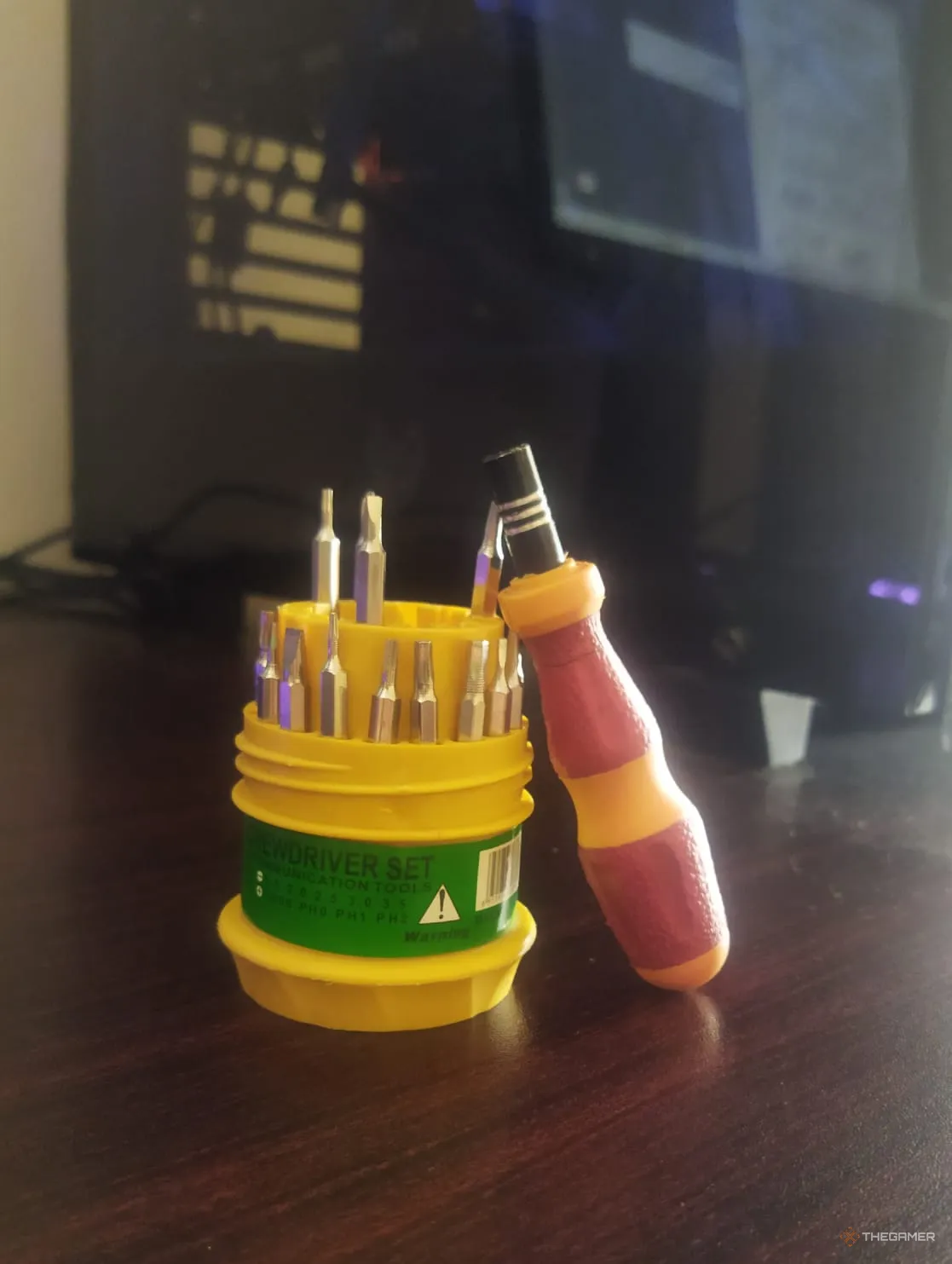
A good quality screwdriver set is the cornerstone of any PC-building toolkit. Whether you’re installing a CPU cooler or ensuring your GPU stays in place, most PC components require the use of a screwdriver in some shape or form. While the most common type of screwdriver required is the Phillips head (cross-head) one, you might also come across flathead screws. Therefore, it’s always a good idea to have both types of screwdrivers with you.
To enhance your screwdriver set, consider the following features: – Magnetic Tips: Magnetic tips can help you pick up and place screws in tight places without dropping them. – Interchangeable Bits: Some screwdriver sets allow you to change the screwdriver head shape and size thanks to interchangeable bits.
💡 Screw Trays or Magnetic Parts Trays
Additionally, it might be helpful to have screw trays or magnetic parts trays. These trays will help you keep track of the numerous screws, nuts, and bolts that you’ll encounter during the PC-building process. Trust me, you don’t want to be scrambling around looking for a tiny screw that rolled off your table!
⚡ Anti-Static Wrist Strap

One little-known fact about building PCs, especially gaming PCs, is that static electricity can pose a significant risk to your PC components. The chances of static electricity damaging your sensitive parts like CPUs, RAM, and graphics cards increase during the assembly process. Fortunately, there’s an easy fix for this problem – using an anti-static wrist strap, also known as an ESD (Electrostatic Discharge) wrist strap. By attaching the strap to your body securely throughout the PC assembly process and keeping one end connected to a grounding point, you can maintain ESD protection consistently. Just make sure whatever you’re connecting to isn’t live when grounding yourself.
- Xueyi Ascension and Trace Materials: Upgrade Your Honkai: Star Rail...
- The Ultimate Guide to Using Reserve Weapons in The Finals
- Up ‘n’ Down: A Guide to Collectibles in Super Mario Bros. Wonder’s ...
🛡️ ESD-Safe Mat
Additionally, if you want to ensure that ESD isn’t a problem at all, you can go the extra step and invest in an ESD-safe mat. These mats provide a safe anti-static surface to work on and place your components. If you expect to be opening up your PC frequently, this investment will be invaluable.
🔥 Thermal Paste and Spreader

Thermal paste, also known as thermal compound, is essential for ensuring proper heat transfer between your CPU and the heatsink or cooler. It improves thermal conductivity and allows heat to dissipate properly without causing your components to overheat. Therefore, it’s crucial to have thermal paste with you when building your PC. While most CPU coolers come with a thermal paste tube, it’s still recommended to have an extra tube handy, just in case.
Though a thermal paste spreader isn’t strictly necessary (the pressure applied by the cooler or heatsink should be enough to spread the paste evenly across the component), it can still be helpful to ensure perfect distribution. Having a spreader tool can also help you find the right balance of thermal paste to use, as applying too much or too little can cause problems.
🤏 Needle-nose Pliers
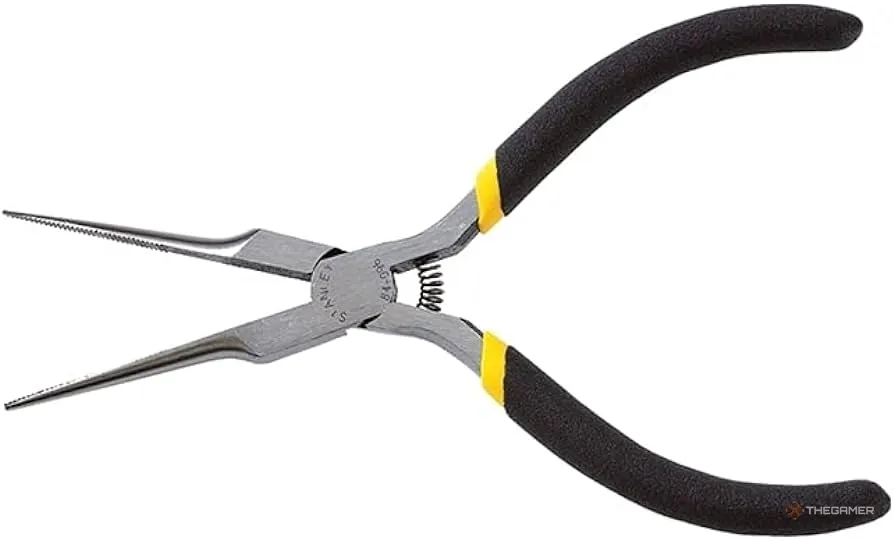
We cannot stress enough how handy needle-nose pliers can be when building a gaming PC. With their long, slender jaws and fine, pointed tips, they can assist in cable management, component installation, bending and shaping small metal brackets, connectors, or brackets, and even extracting components if necessary. Don’t underestimate the power of these versatile tools!
🔦 Flashlight or Headlamp
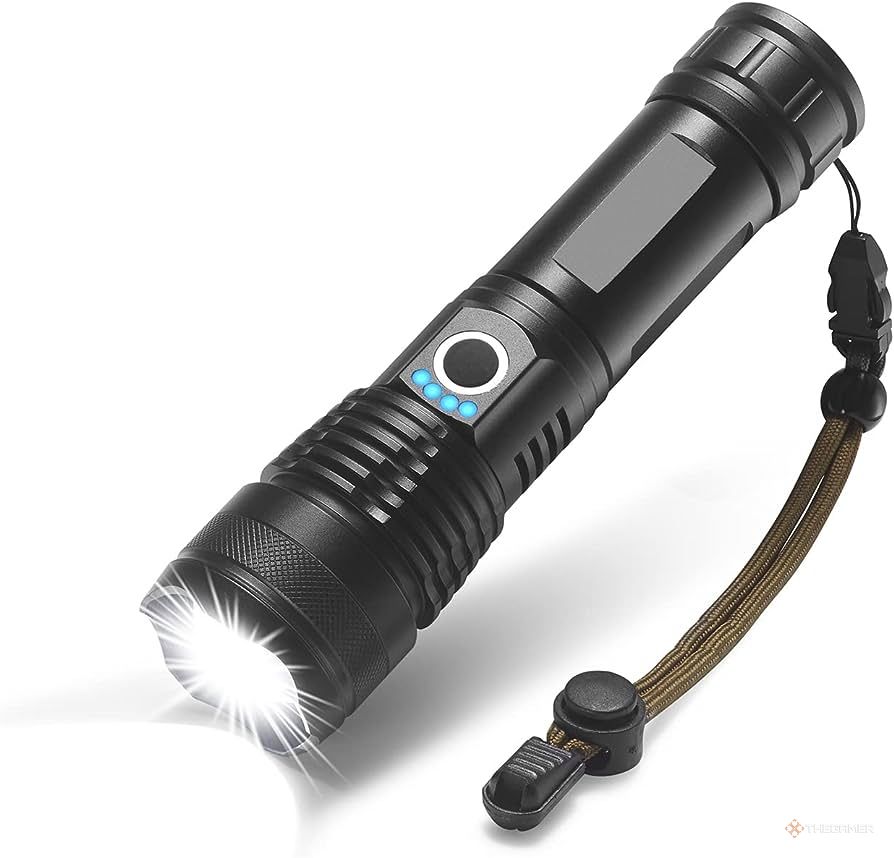
The inside of a PC case can be rather dark, which makes it difficult to see and assemble small components. By having a flashlight or headlamp, you can illuminate your workspace and see everything clearly. From screws to cables, everything shall be illuminated! Having a properly lit PC case will increase the precision of your work, help with cable management, identify small ports, and ensure that small components don’t accidentally get damaged.
💨 Mini Vacuum Cleaner or Compressed Air
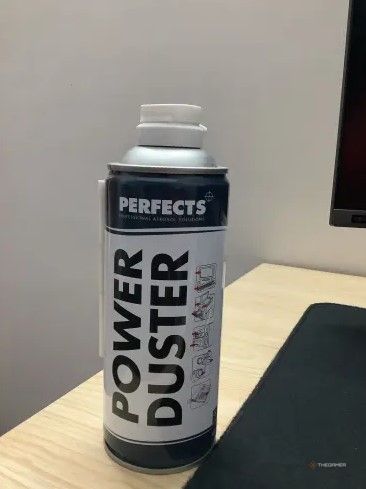
Though not crucial for assembling your gaming PC, every PC gamer should consider owning a mini vacuum cleaner or a can of compressed air. Dust accumulation is every gamer’s worst nightmare, but with these tools, you can effectively clean your PC. Removing dust will increase the cooling efficiency of your components and ensure that your gaming PC remains slick, clean, and aesthetically pleasing at all times.
🖇️ Other Concerns: Q&A
Q: What other tools might I need for cable management? A: In addition to needle-nose pliers, you might find zip ties or cable ties handy for organizing and securing cables neatly. Velcro cable ties are also a great option.
Q: Are there any alternatives to compressed air for cleaning my PC? A: If you don’t have access to compressed air or a mini vacuum cleaner, you can use a soft brush or a can of air duster to remove the dust from your PC.
🌐 References
Here are some related articles and resources that you might find helpful:
Don’t forget to share this article with your fellow gamers who are embarking on their PC-building journey. Happy building! 😄🎮
